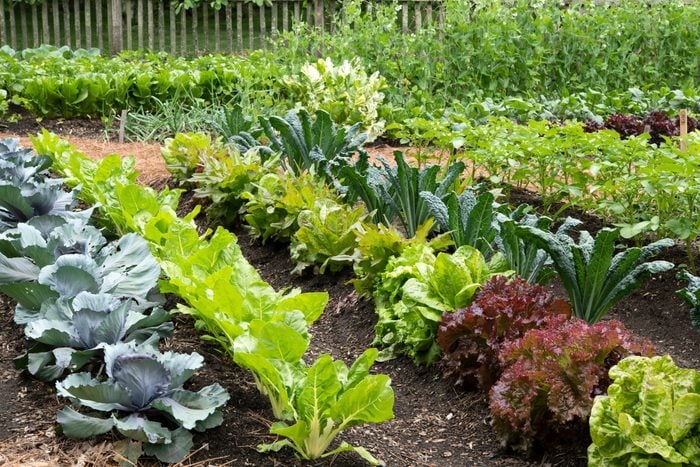Growing your own vegetables is fun, rewarding and easier than you think. This year, let us help you get growing!
10 Tips for Starting a Vegetable Garden
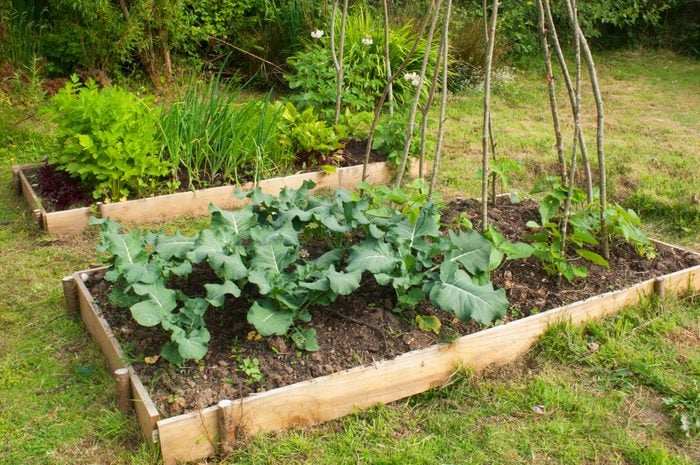
Decide Where To Grow Your Vegetables
Choose a spot that gets at least six hours of sun a day and drains well. If poor soil is a problem, consider building a few raised beds you can fill with better topsoil.
As raised beds become more popular, so do the options for making them. You can start with one of the following:
- A kit that includes everything you need;
- A kit made of galvanized steel;
- Lumber or concrete edging blocks.
Your raised bed doesn’t need a bottom. You can add good soil right on top of the ground. Just remove grass and weeds first.
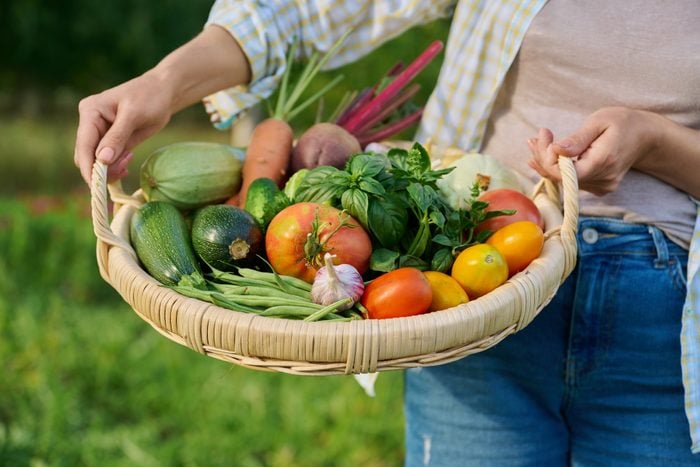
Decide What Vegetables To Grow
Keep it simple: Grow what you love to eat, provided it’s easy to grow where you live. Then add something you don’t think you’ll like. You might be surprised how different a vegetable tastes when it’s homegrown and eaten fresh.
Once you’ve assembled your list, research best ways to grow them. Start online. Cooperative extension web sites offer great information.
Or use a resource like Home Harvest: Your Pocket Card Guide to Kitchen Gardening by Bridie Cotter and Tom Gaunt. Each card contains basic information about a vegetable. Going through the cards might convince you to try growing a vegetable you hadn’t considered.
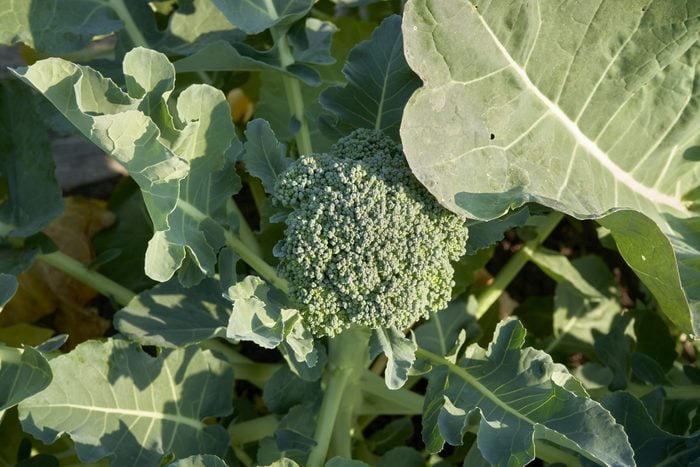
Cool Season or Warm Season?
Vegetables can be divided into two groups: cool season or warm season. You can plant cool season vegetables earlier in spring because occasional frost doesn’t damage them. Some cool season vegetables include peas, lettuce, spinach, kale, radishes, broccoli and cabbage.
Frost damages warm season vegetables, so only plant these when the danger of spring frost has passed. Warm season vegetables include tomatoes, peppers, squash, green beans and cucumbers.
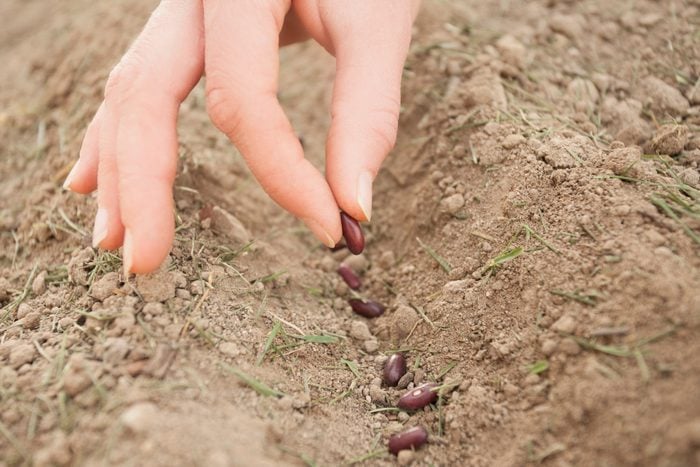
Seeds or Plants?
Should you buy seeds to sow or seedling plants?
When you look at seed packets, you’ll find directions for how and when to sow those seeds. If you’re new to growing vegetables, look for “direct sow in the garden” in the instructions. Popular vegetables like peas, lettuce, green beans and squash usually start from seeds sown directly in the garden.
If the instructions suggest sowing seeds indoors several weeks before planting in the garden, buy those vegetables as plants in spring. You’ll find starter plants for cool season vegetables like cabbage and broccoli and warm season vegetables like tomatoes and peppers at most garden stores.
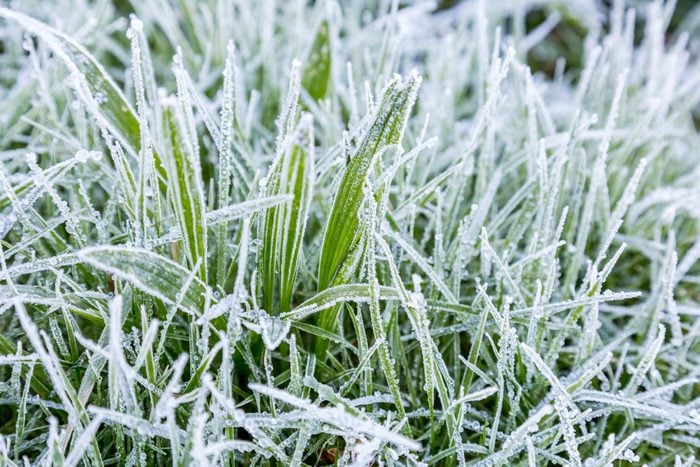
Know When You Are Likely Frost-Free
Many anxious new gardeners plant warm season vegetables on the first nice day of the spring. Then a cold front moves through, and they’re scrambling to protect their plants from the coming frost. That’s why knowing when to plant vegetables is essential.
Learn your average frost-free date and watch the extended weather forecast. The National Weather Service web site will give you the earliest, latest and average dates of the last freeze for your area. Where I live, that range covers 45 days, so I always wait until later in spring to plant.
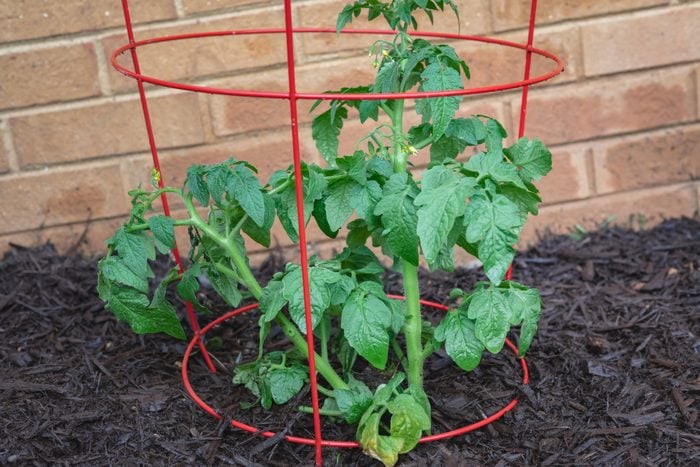
Give Your Vegetables Room To Grow
When planting, give each plant room to grow and provide whatever support it might need.
One six-inch-tall indeterminate type tomato seedling can grow six to eight feet tall and will need to be staked or caged. Bush green beans are happy to grow in a row, but pole green beans need something to climb up.
When growing vegetables from seeds, the instructions on the packet should tell you how much room they need. If buying plants, check the label for the mature size. If the label doesn’t provide that information, do a quick online search.
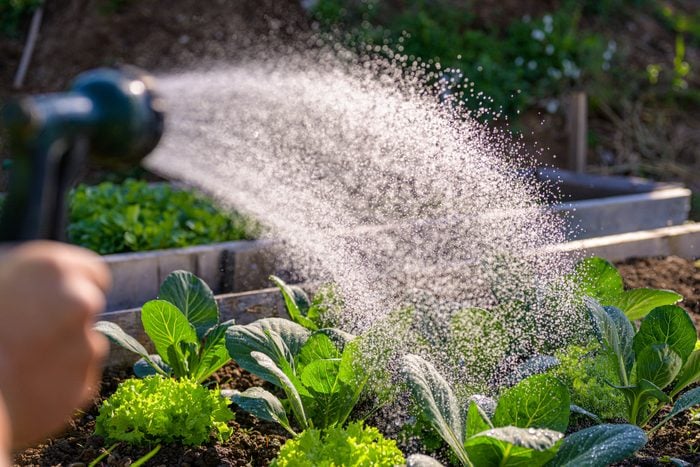
Know When to Water and How
Vegetable gardens generally need one inch of water per week in summer. Because rain won’t always fall when we need it, plan to water your garden.
- Decide how you’ll water. If you have a small garden, a watering can or garden hose should suffice. For larger gardens, you may want to set up a drip irrigation system.
- Decide when you’ll water. Keep track of your rainfall with a rain gauge and water accordingly.
- Don’t be fooled by drooping squash leaves in the afternoon. Many big vegetables transpire water during the day and may look wilted by evening. But by morning, they look fine because they’ve taken up water during the night. Morning is the best time to water a vegetable garden.
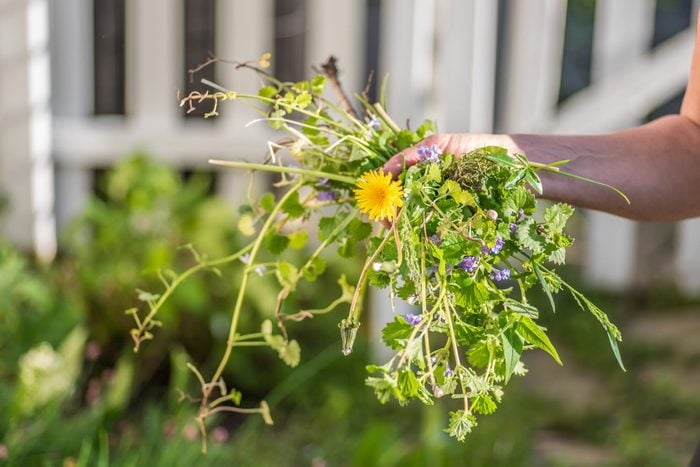
Weed and Watch Out for Diseases and Insect Pests
Weeds compete with vegetable plants for light, water and soil nutrients. Your vegetable garden will grow and look better if you pull weeds regularly.
For smaller gardens, you can weed by hand. For larger gardens, you may need to hoe between rows of vegetables.
When weeding, also check for signs of plant diseases and insect pests. Taking care of them right away can minimize damage. And you might find a ripe vegetable to pick, too!
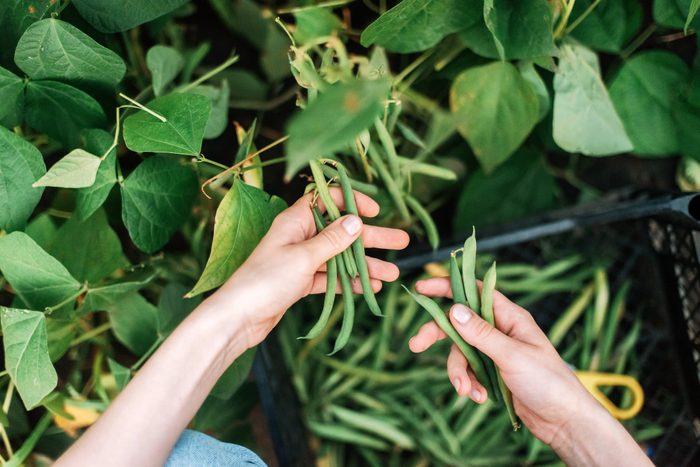
Harvest Regularly
Once you see a vegetable is ripe, harvest it and enjoy it as soon as possible. A few other tips for harvesting include:
- Pick vegetables in the morning, when they have their highest moisture content.
- Be careful not to damage the plant when pulling off ripe vegetables. Many plants will produce more than one harvest.
- Once a vegetable plant stops producing, pull it out. Compost it or, if it seems diseased, put it in the trash. This will keep your garden tidy and open up space to plant more vegetables later in the season.
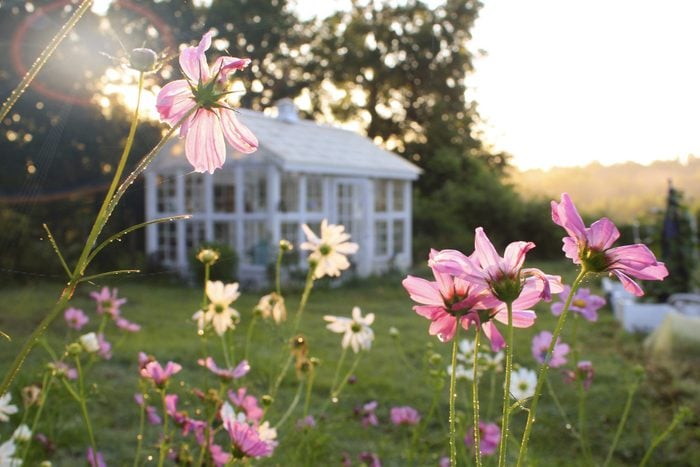
Add Some Flowers
If you have room, add a few annual flowers. These bring in bees and other pollinators many vegetable plants rely on.
My favorite annual flowers for my vegetable garden include zinnias, marigolds, sunflowers and nasturtiums. These add some color. Plus, nasturtium flowers are edible.

